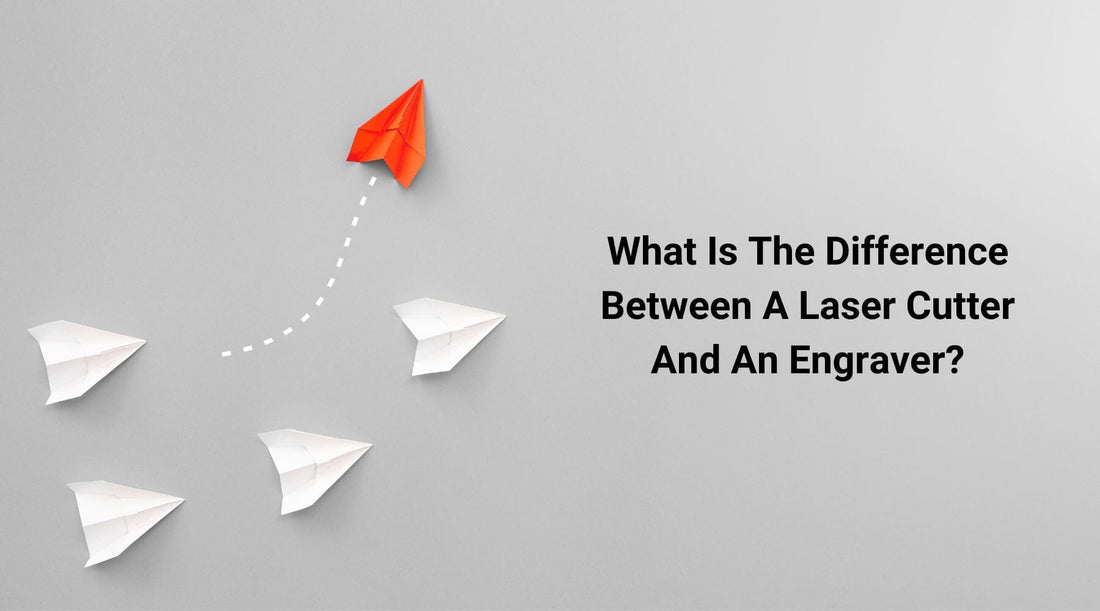
What Is The Difference Between A laser Cutter And An Engraver?
Laser technology has revolutionized numerous industries by providing efficient and precise methods of working with materials. Among the widely used applications are laser cutting and laser engraving. Despite utilizing lasers, these processes differ significantly in their functions and benefits. In this article, we will explore the distinct purposes, functionalities, applications, and contributions of laser cutters and engravers across various fields
Laser Cutter: Unrivaled Precision
A laser cutter is a cutting-edge tool that harnesses a high-energy laser beam to slice through a diverse array of materials with unparalleled precision and accuracy. This process involves skillfully melting or vaporizing the material along the designated path, resulting in a flawlessly clean and smooth cut. Laser cutters exhibit impressive versatility, seamlessly working with an extensive range of materials, such as wood, acrylic, metal, plastic, and fabric.
1.1 How a Laser Cutter Works
At the core of a laser cutter's functionality lies its ability to produce intricate and complex shapes in various materials. This remarkable capability makes it an invaluable tool for manufacturing, prototyping, and crafting projects across different industries. By precisely following computer-aided design (CAD) or vector files, the laser cutter achieves exceptional accuracy in reproducing designs on the selected material. This precision ensures that the final output matches the intended specifications flawlessly.
1.2 Applications of Laser Cutters
Laser cutters find diverse applications across numerous industries. In manufacturing, they produce precise and intricate parts for machinery, electronics, and appliances. The automotive industry utilizes laser cutters to create custom body panels and interior components. In the art and design world, laser cutters enable artists to craft intricate patterns and sculptures from various materials. Additionally, the fashion industry employs laser cutters to produce delicate and unique fabric designs.
1.3 Advantages of Laser Cutters
Pinpoint Precision: Laser cutters offer exceptional accuracy, allowing for intricate designs and precise cuts, even on small objects.
Versatility: They can work with a wide range of materials, making them suitable for diverse applications.
Seamless Finish: Laser cutters produce smooth edges with minimal post-processing required, reducing material wastage.
Speed and Efficiency: The rapid cutting speed of laser cutters enhances productivity in mass production.
Laser Engraver: Personalized Precision
In contrast to a laser cutter, a laser engraver does not cut through the material. Instead, it employs a focused laser beam to remove the surface layer, creating shallow indentations. The engraving process is ideal for adding detailed designs, text, logos, or images onto various materials.
2.1 How a Laser Engraver Works
Laser engravers are expertly crafted to customize and personalize materials with intricate details. By skillfully adjusting the speed, power, and focus of the laser, engravers achieve varying depths of engravings, offering a diverse range of visual effects. This controlled process is perfectly suited for delicate and precise work, ensuring flawless outcomes on a variety of materials.
2.2 Versatile Applications of Laser Engravers
Laser engraving finds widespread applications, catering to various needs from personalization of consumer products to industrial marking and branding. For example, adding intricate engravings to jewelry, awards, and gifts creates a personalized touch, making each item unique and special for the recipient. In the industrial sector, laser engravers play a crucial role in branding products with logos, serial numbers, or barcodes, providing a permanent and tamper-proof solution. The adaptability of laser engraving makes it a go-to choice across industries, delivering impeccable results with unmatched precision.
2.3 Benefits of Laser Engravers
Exquisite Precision: Laser engravers offer fine detailing and intricate designs, making them perfect for customization.
Lasting Impressions: The engraved designs are durable and resistant to wear, making them ideal for long-lasting personalization or branding.
Gentle Process: As laser engraving is a non-contact method, it minimizes the risk of damaging delicate materials or products.
Consistent Reproduction: Engravers easily replicate designs on multiple items with unwavering precision.
Overlapping Features and Hybrid Machines
In certain cases, specific laser machines are designed to perform both cutting and engraving functions, blurring the lines between the two processes. These hybrid machines provide the advantage of versatility, allowing users to seamlessly switch between cutting and engraving modes.
While these hybrid machines can be efficient and cost-effective, they might not deliver the same level of precision and speed as dedicated laser cutters and engravers. It's crucial to assess your specific requirements before opting for a hybrid machine, as it may not be the ideal choice for complex and high-volume projects.
Conclusion: Harnessing the Power of Lasers
Laser cutters and engravers stand as invaluable tools, each utilizing the might of lasers for distinct purposes. Laser cutters excel at precision cutting, making them the go-to choice for manufacturing, prototyping, and intricate designs. On the other hand, laser engravers are masterful at personalization and branding applications, adding a touch of uniqueness to products.
Understanding the differences between these two technologies empowers users to make informed decisions, selecting the perfect tool that best suits their needs. Whether crafting detailed prototypes, customizing gifts, or branding products, laser technology remains a cornerstone in shaping various industries and fostering creativity across the United States.
As technology continues to advance, the realm of laser applications will undoubtedly expand, providing even more efficient and accurate solutions for material processing and customization needs. The future holds endless possibilities for this transformative technology, promising to unlock new dimensions of precision and creativity for diverse industries in America and beyond.
No comments










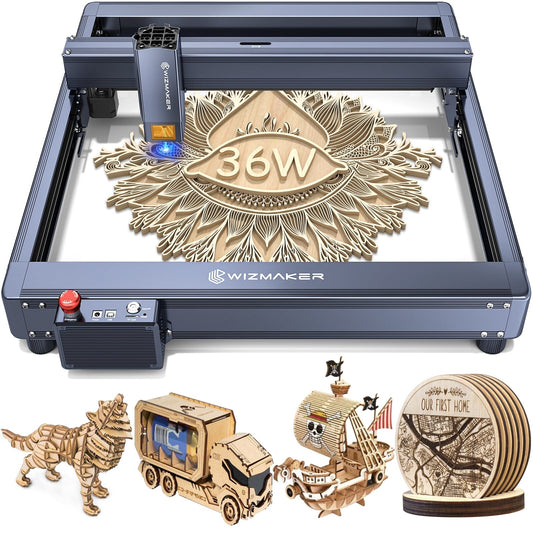
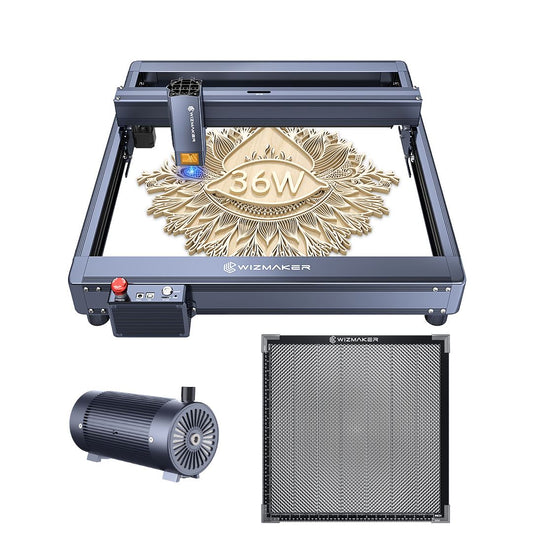
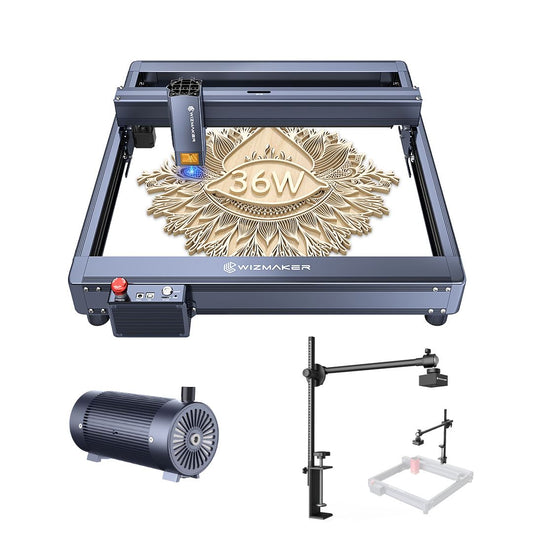
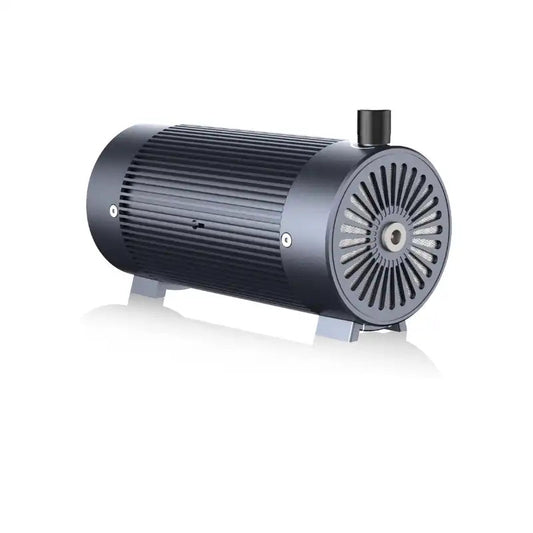
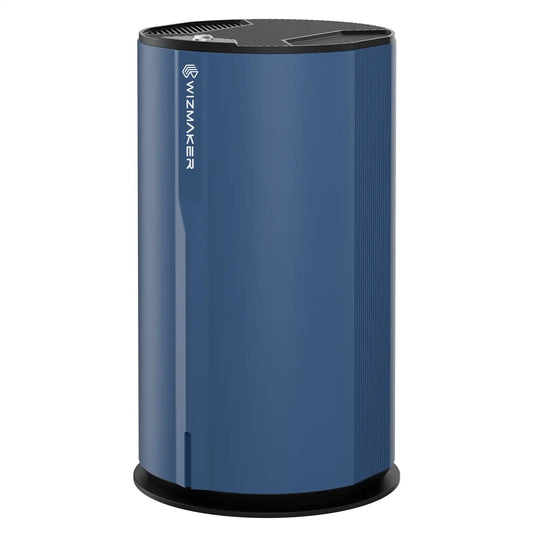



0 comments